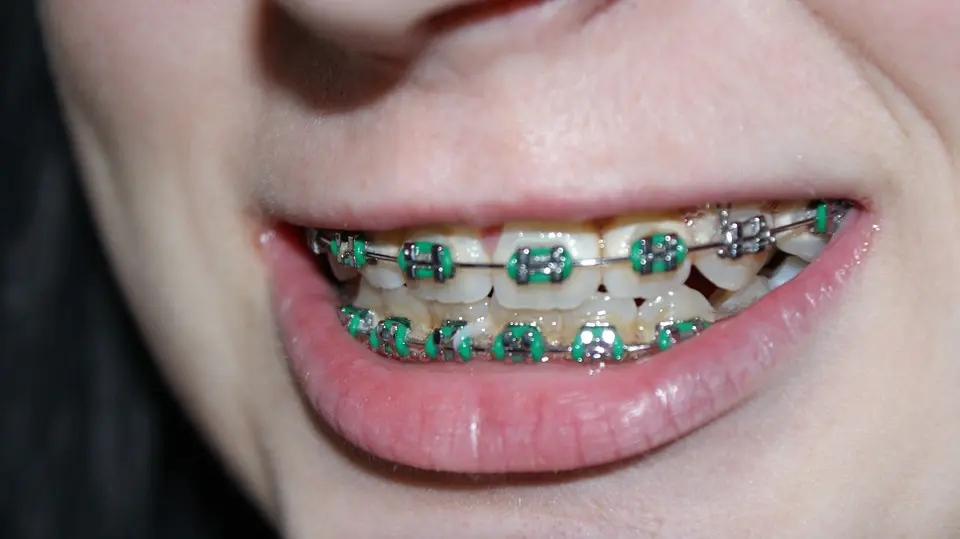Why do some people’s teeth grow in perfectly straight while others are terribly crooked? There are a number of theories on the subject. One theory links crooked teeth with the way people gathered food in antiquity. According to this school of thought, when our ancestors were subsisting by hunting and gathering their food, their skulls were narrower and their lower jaws jutted out. This skull shape resulted from their constantly having to chew tough food. When people shifted to farming around 10,000 years ago, they started eating softer food, accounting for shorter skulls and wider jaws. If we are to believe this theory, eating soft food, which most people do today, opens up the opportunity for more crooked teeth.

(Pixabay / hattex)
Though this theory still has some followers, it has largely been eclipsed by more recent theories which have linked crooked teeth with poor nutrition. Processed foods have fewer nutrients than natural foods, making modern-day diets less amenable to straight teeth.
Fixing crooked teeth
Regardless of the source of crooked teeth, there are a number of solutions.
- Traditional braces – Metal braces are ideal for children and teens with teeth alignment issues. In addition to metal braces, your dentist can recommend ceramic or self-litigating braces.
- Invisalign Teen – This is a popular option for teenagers with crooked teeth. Invisalign has the straightening power of braces but not the appearance. Invisalign features a set of clear aligners that work best for mild to moderate alignment issues.
- Positioners – These are more of a final touch than an exhaustive treatment. They are typically used at the end of orthodontic treatment and worn for 4 to 8 weeks to complete the final teeth adjustments.
- Retainers – After spending money on metal braces, the last thing you want is for those teeth to shift. Retainers keep straightened teeth from regressing.
- Headgear – This device gently pulls the teeth to correct them. It is used in cases of moderate to severe overbite or underbite.
- Separators, spacers, and bands – These devices are used as part of a larger orthodontic treatment, creating space between teeth to allow the placement of elastic bands.
- Palatal expanders – These are used to widen the upper jaw by applying gentle pressure to the molars.
If your children have crooked teeth, an examination by their dentist can determine the best option to straighten them.
